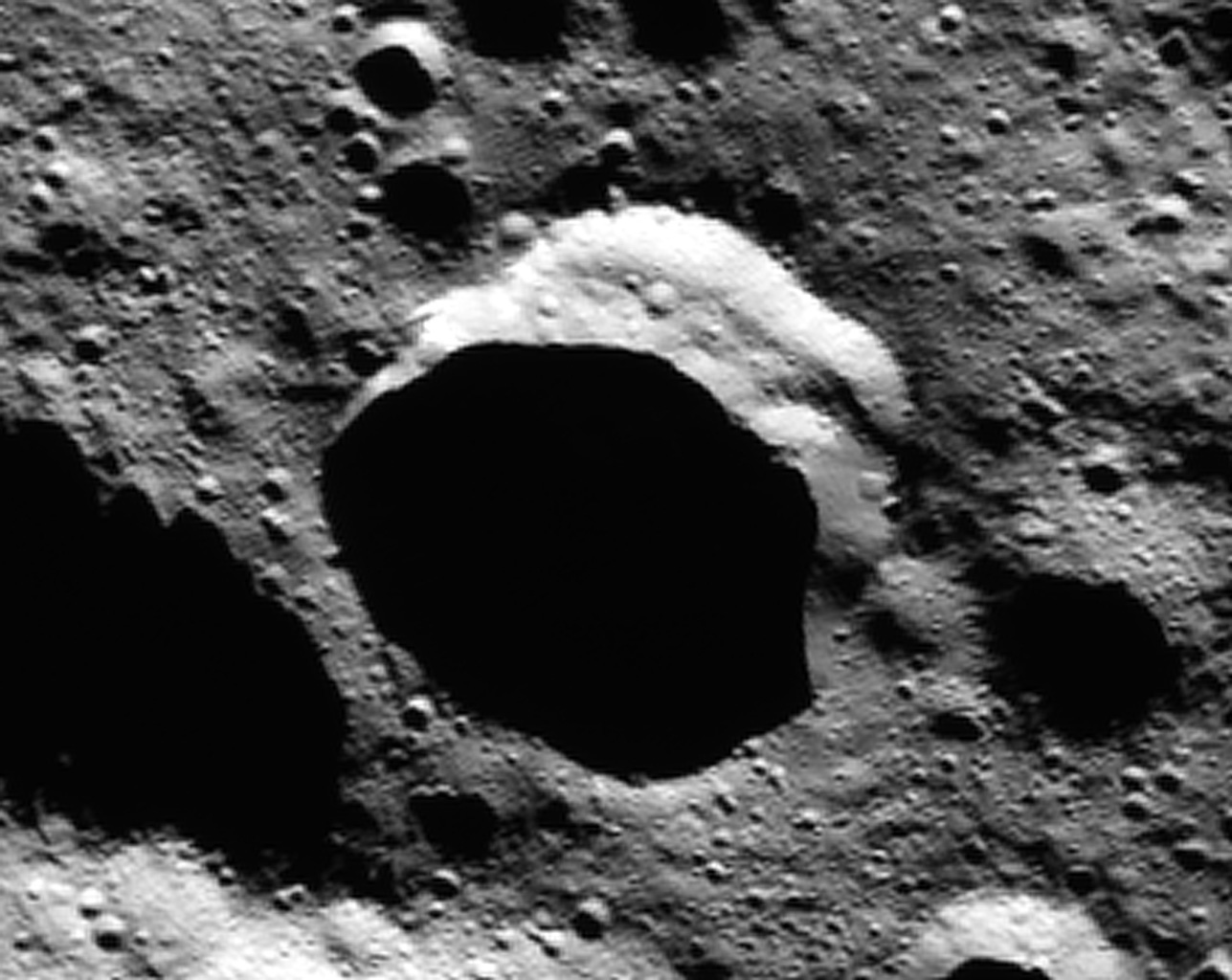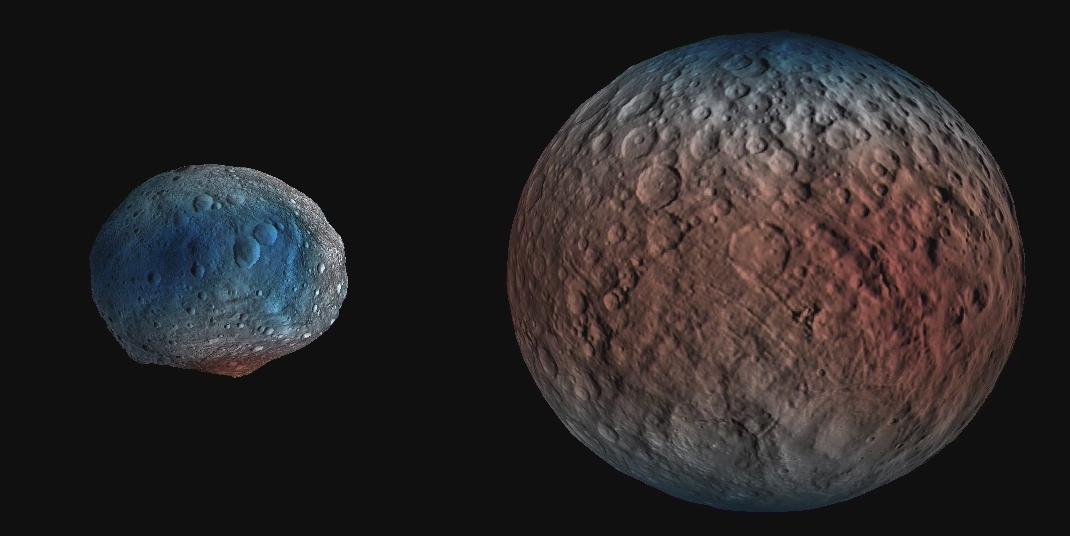According to researchers, the dwarf planet Ceres has plentiful deposits of water ice, mainly on its surface and subsurface.
Ceres lies within the asteroid belt between Mars and Jupiter and researchers believe that at least 30 percent of its mass is water ice. A map of Ceres was drafted, showing how its hydrogen gets distributed along the surface and providing clues about the presence of water ice. The new data was gathered using NASA’s Dawn probe, and it proves that water ice can remain intact within a meter of the planet’s surface for billions of years.

Water in the largest and closest dwarf planet
NASA’s Dawn has an instrument known as the Gamma Ray and Neutron Detector, or GRaND, which is able to detect precisely neutrons and gamma rays. GRaND detected gamma rays as they collided with the surface of the planet, creating clouds of debris which allowed NASA to analyze the composition of the planet’s surface.
The latest discovery of the planet’s composition based on water ice came to be after researchers realized that there were particularly high amounts of potassium, iron, and hydrogen on the surface of Ceres.
Apparently, the water ice in Ceres is much denser near the poles and is less concentrated near the equator. A similar dwarf planet that also lies in the asteroid belt is Vesta, which by comparison has 100 times less hydrogen than Ceres and was also visited by Dawn.
There is a chance that Ceres has a liquid ocean below its surface, which would be an incredibly salty solution because otherwise, the water would remain frozen as it is on the surface.
These theories were brought up thanks to NASA’s Dawn probe completing its first mission. Currently, the probe is expected to remain orbiting Ceres to study its composition and learn more about what exists on its surface. Dawn became the first probe to visit a dwarf planet and the first to orbit two different bodies other than the earth and the moon.
NASA’s Dawn mission
$467 million Dawn’s mission started in September 2007 and ended last June 30. Its primary objective was to study Vesta and Ceres, the two largest formations in the asteroid belt. Dawn orbited Vesta from 2011 to 2012 and has set itself on Ceres’ orbit since March 2015.
Current plans suggest that Dawn will remain in observation of Ceres until it heads down to a third object in the asteroid belt. Said object has not yet been revealed by the mission’s crew.

“Dawn also discovered many intriguing features at both bodies — Vesta is home to a mountain whose height is more than twice that of Mount Everest, and Ceres has a crater called Occator with mysterious bright features that continue to spark scientific investigation,” stated NASA officials regarding Dawn’s mission.
One of the most interesting factors about Ceres is that its pictures have shown distinct bright spots since 2015. This may imply that Ceres has cryovolcanoes, but it was later revealed that the material in the craters is based on ice and salt and not gas, which is what characterizes cryovolcanism. Later, more bright spots were devised and in 2016 they were determined to be based on sodium carbonate, an efflorescent white powder used in Earth to manufacture glass.
Dawn has revealed that Ceres has undergone a significant degree of geological activity. Also, the dwarf planet appears to have a very weak and temporary atmosphere. This was discovered thanks to GRaND as it picked up evidence showing that Ceres had accelerated electrons originated by solar winds to high energies in a period of six days; these observations could only be explained by the interaction of energy particles and some sort of atmosphere.
The existence of an atmosphere would also support past sightings that involve water vapor on the planer’s surface. The electrons detected by GRaND are now thought to have been produced by solar wind hitting water molecules observed back in 2012, although this theory is not definite and researchers are trying to see if there is any other explanation.
There’s also Ahuna Mons, a volcanic dome that appears to be unique to Ceres. It is a lonely mountain that is theorized to be a cryovolcano although some scientists disagree. Ahuna Mons would have expelled liquid water sometime in the past. Now researchers are certain that water exists in Ceres, but most probably all of it is frozen.
“Dawn has revealed that Ceres is a diverse world that clearly had geological activity in its recent past. We’re very excited to follow up on this and the other discoveries about this fascinating world,” stated Chris Russell, director of the Dawn mission.
On the other hand, Dawn’s first target Vesta is a protoplanet, the brightest asteroid visible from Earth, and the second-most-massive body within the asteroid belt, although it is much smaller than Ceres. Even if it is smaller than the moon, the troughs on Vesta are considered some of the deepest and longest in the solar system, were its Divalia Fossa is much longer and deeper than the Grand Canyon.
Source: Space
